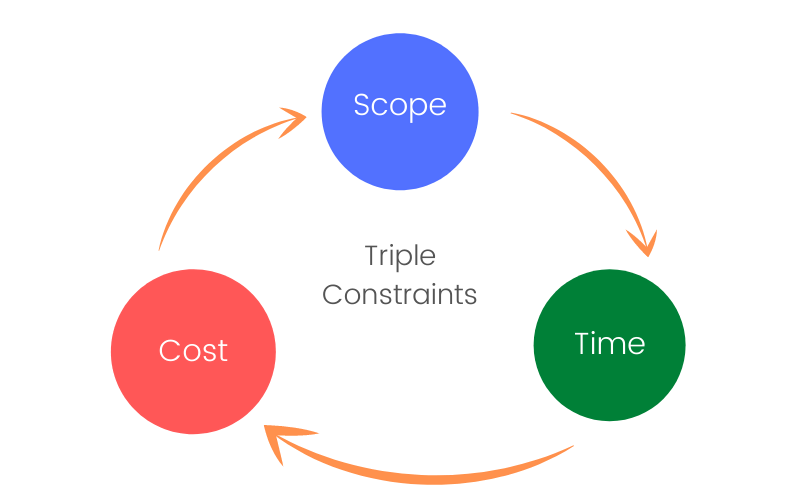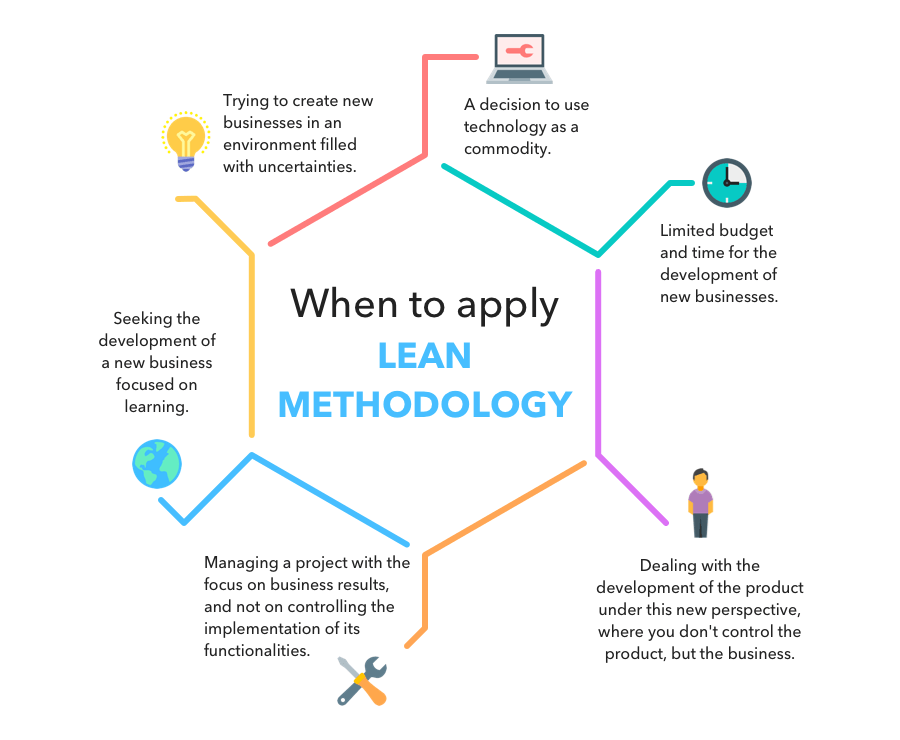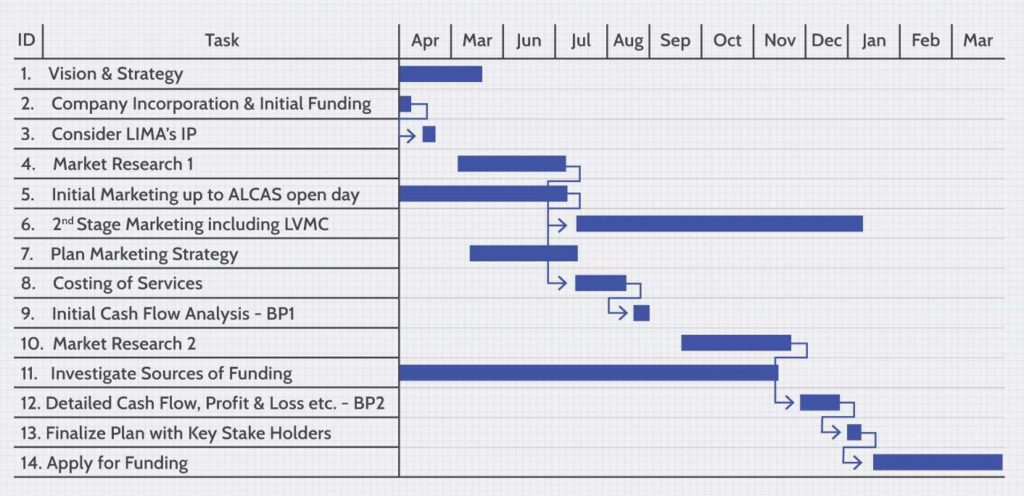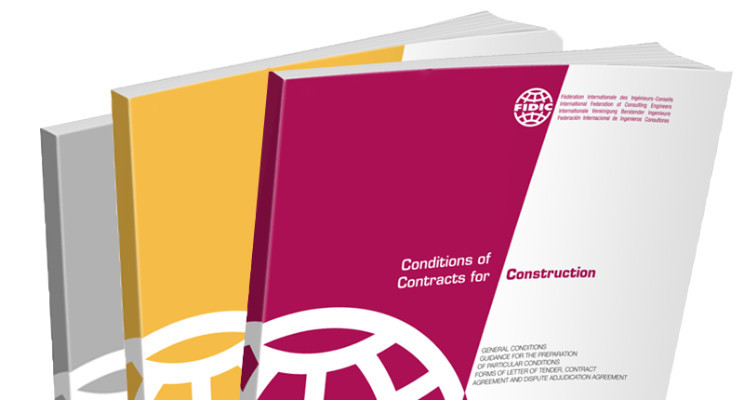Projects are a series of tasks that need to be completed in a given time frame. It is the responsibility of the project manager to ensure that the project is completed on time and within budget. This article provides the answer to the question of what is project management.
Project management is a process of managing any endeavor that takes more than one person and has an objective with specific timelines. The project management process includes defining, planning, executing, controlling, and closing projects.
The project manager’s role includes overseeing all aspects of the project’s execution, including planning workflow, determining resource requirements, scheduling tasks, and tracking progress against milestones set out in the plan.
History of Project Management
Project management is a systematic approach to managing a project from start to finish. It has been around for centuries and has evolved as technology has advanced.
The history of project management can be traced back to ancient civilizations. The ancient Egyptians, Greeks, Romans, and Chinese all used some form of project management. In the Middle Ages, people would often use clocks or other time-keeping devices to help them keep track of their work hours.
In the 1900s, project management was still very similar to how it had been in the Middle Ages – it was mostly about using time as a way to keep track of progress on projects. In the 1940s, W. Edward Deming developed the first documented quality assurance system for manufacturing companies in the United States called “Shewhart Cycle.” This system helped companies plan their work and improve quality by using statistical process control charts and other tools that are still used today by organizations like NASA and Boeing.

What are the different phases and steps to go through?
The phases of project management are:
1. Initiation
2. Planning
3. Execution
4. Monitoring and Controlling
5. Closing
6. Project Review
The 8 Steps of Project Planning
Before starting a project, it is important to know how to plan it. There are 8 steps that can help you get started.
1) Define the scope of the project:
2) Determine the objectives of the project:
3) List all stakeholders and their roles in this project:
4) List all tasks and activities required to complete this project:
5) Estimate time, cost, and resources required for completing this project:
6) Make a risk assessment for this project:
7) Create a timeline for this project:
8) Create a budget for this project.

Triple Constraint
The triple constraint is a project management term used to describe three factors that influence the outcome of a project. The three factors are time, scope, and cost.
The Project Management Triangle, Iron Triangle, and Project Triangle are just a few of the many titles given to the triple constraint of project management, which should give you an indication of how crucial it is when managing a project. You are dealing with the Triple Constraint if you are project managing.
The triple constraint is often cited as the most important determinant of project success or failure. It is also a key consideration in determining what type of contract should be used for a project.
Types of Project Management
Project management is the process of organizing and managing a project from start to finish. It includes planning, estimating, scheduling, and coordinating resources. The goal of project management is to complete projects in an efficient manner that satisfies the customer and meets the company’s requirements.
There are many different types of project management styles:
Waterfall Project Management
The waterfall project management methodology involves a well-defined order of execution, with project phases not moving further until they have received final clearance. It might be challenging and expensive to go back and complete a stage after it has been finished. Agile teams may use a similar process, but they do so with frequent feedback loops and less steps.
The waterfall project management methodology uses a sequential, linear process. It works well for tasks that have regular, predictable procedures, but it might catch development teams off guard and prevent them from adapting more quickly than a rival.
Agile Project Management
This type of project management is based on iterative development where requirements and solutions evolve through collaboration between self-organizing cross-functional teams. This type of project management is based on iterative development where requirements and solutions evolve through collaboration between self-organizing cross-functional teams.
Further, this type of project management is based on continuous, incremental development and emphasizes cooperation, feedback, and adaptation at the team level.
Lean Project Management
This type of project management focuses on minimizing waste by focusing on delivering only what’s needed when it’s needed in order to meet customer needs at a lower cost with less time and resources. Waste minimization is the focus of Lean Project Management, which has its roots in Japan.

Lean project management enables teams to execute more quickly by effectively managing their workflow and focuses on delivering value from the perspective of the client, in contrast to traditional project management, which is structured in phases that divide planning from execution.
Scrum Project Management
This type of project management relies heavily on self-organizing teams who take ownership of their work. This type of project management relies heavily on self-organizing teams who take ownership of their work. The Lean Project Management approach focuses on a team’s ability to make continuous progress in achieving its goals, through the use of cross-functional teams and feedback loops with stakeholders, using a flexible and adaptive process that allows for continuous improvement.
Kanban project management
Kanban methodology, another concept derived from Agile project management, aids managers in visualizing and organizing the workflow of their teams.
Kanban methodology, like Agile project management, is a system for managing workflow and improving efficiency. Kanban methodology helps managers visualize their team’s workflow on storyboards by limiting the number of tasks in progress at any given time. This technique focuses on completing work quickly and avoiding expensive bottlenecks.
Kanban is a Japanese word meaning “signboard,” and it refers to a system of visualizing workflow on boards. This technique is used in order to make work efficient. The Kanban methodology consists of three key components: a board, a card, and a work in progress. The board is where the workflow is visualized. The cards are what processes workflow through the system. A constraint limits the number of tasks that can enter flow at any given time and help manage workflow by limiting bottlenecks and improving productivity by limiting the amount of context switching. An example of this is an employee who has to get coffee before they start their day
Six Sigma project management
project management types Six Sigma project management is the most popular type of project management in the world. It’s been used by companies like AT&T, DuPont, and Boeing to cut costs and increase revenues.


